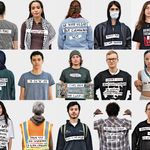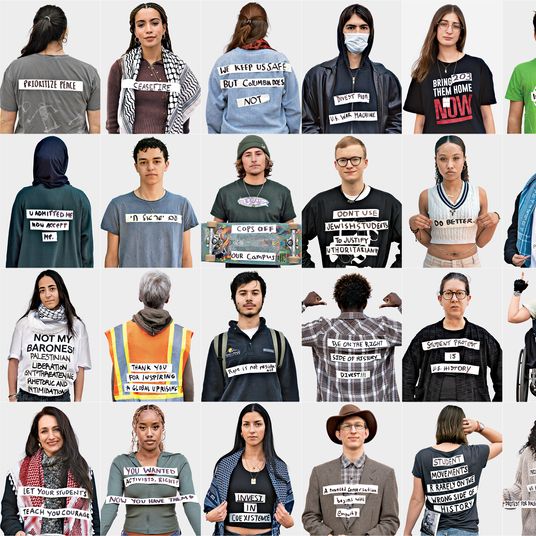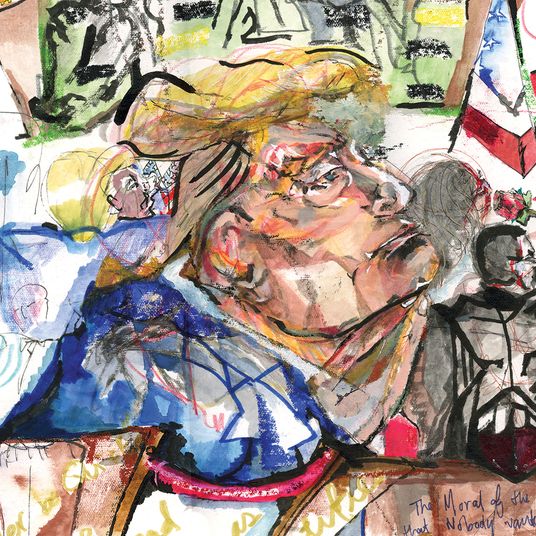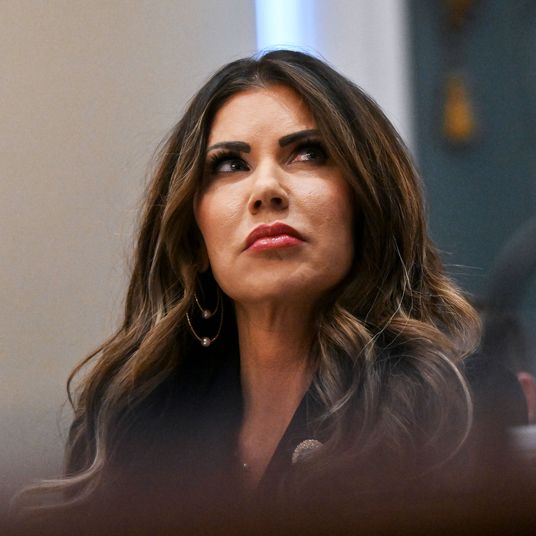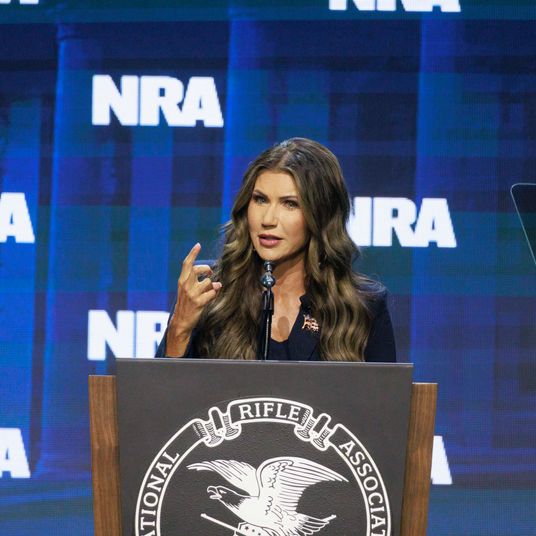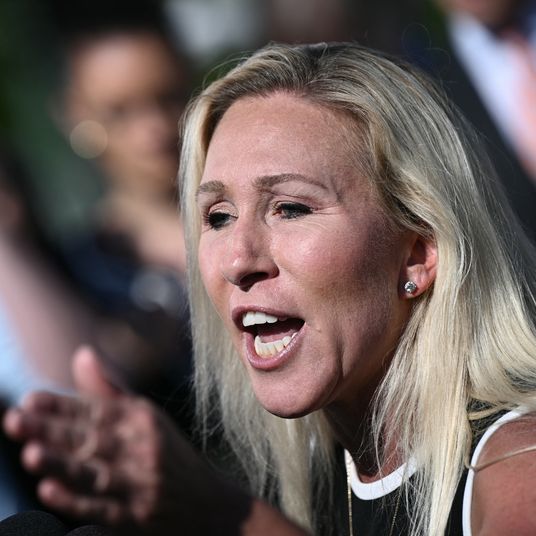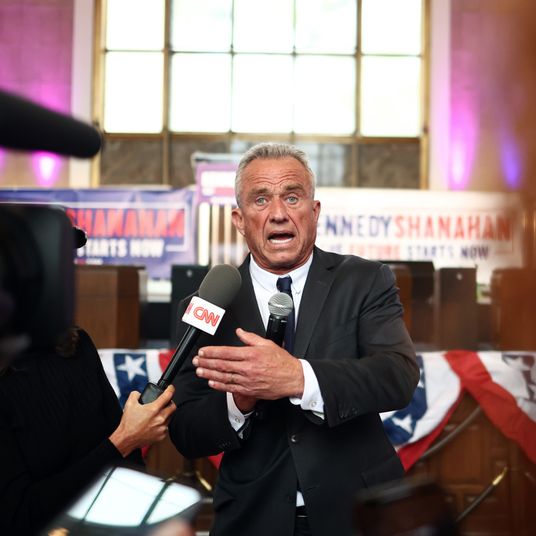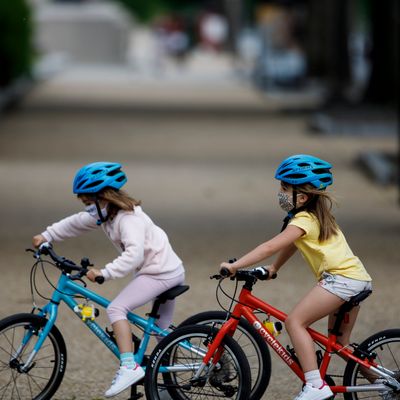
We’re committed to keeping our readers informed.
We’ve removed our paywall from essential coronavirus news stories. Become a subscriber to support our journalists. Subscribe now.
The more we learn about COVID-19 and the best practices with which to combat it, the clearer it is that we are living still in a valley of pandemic ignorance. We are suffering and dying at historic rates but the laws governing the ebb and flow of the virus remain maddeningly inscrutable. Even when the news is good — with case rates stabilizing even through a period of “reopening,” for instance — we don’t really know how to explain it. And when the news is scary — as it was when a new syndrome suddenly arose, affecting kids long thought practically invulnerable — we struggle to contextualize it.
Just three weeks ago, no one outside of a few hospitals had even heard of such a thing as a “pediatric multisystem inflammatory syndrome,” or heard it described as “Kawasaki-like” and “COVID-related.” We still don’t know the nature of that relationship, which the WHO has just reminded us, pointing out that many of the children exhibiting symptoms of the new syndrome are not, in fact, testing positive for COVID-19. But the outbreak in New York is big enough to begin using as a rough guide for expectations. There, as of a few days ago, 110 New York minors have been diagnosed with the syndrome, in a city with roughly 1.75 million minors and approximately 25 percent exposure to the disease. This math is crude, based on incomplete data and some perhaps shaky assumptions, but in the absence of ballooning case numbers in the next few weeks, it implies the risk of even contracting it, assuming a coronavirus infection, is very low: about one-fiftieth of one percent (0.02 percent). Five children with the new syndrome have died, which suggests that, if the data is complete and reliable, the risk of fatality is about one thousandth of one percent (.001 percent). This is roughly the fatality rate of chicken pox, though given the novelty of the disease it’s likely that many more children will contract COVID-19 than get chicken pox in a given year.
And the data may well not be at all complete, or at all reliable — this is what happens with new diseases, indeed what is still happening with COVID-19, particularly in places, like parts of the United States, with such insufficient testing. (In some places, like Georgia and Florida, the limited testing is compounded by direct and purposeful massaging of the data.)
But the public-health uncertainty is much bigger and more profound than American incompetence. The disease remains something of a mystery in patients; just as frustratingly, it remains a mystery at the population level, where social and political decisions must be made, and where nevertheless we have only something approaching best guesses about best practices. At first, epidemiological models made projections that were too high, then too low; lockdowns seemed first our last defense against a pandemic deluge, but the benefits are growing increasingly uncertain. We still have only the crudest understanding of which social-distancing policies work and which might be excessive; of the effects of seasonality; of why certain countries have been relatively spared despite quite limited precautions and others have fared quite poorly despite aggressive interventions.
Sweden has been routinely held up as an illustration of the risks of intervening too little in the course of the virus, for instance, but Japan hasn’t done much more, and is faring much, much better. Germany has been hailed as a model, and yet, subtracting the experience of New York, isn’t actually performing better than the United States, which has been mocked on the world stage. Compared to California, which has a similarly sized economy, Germany is actually doing worse.
Over the last few weeks, as American states have begun to reopen, the early-returns data on those reopenings have been brandished like ideological tools in arguments over the propriety of lockdowns, social distancing, and mask-wearing (among other things). But we do not know precisely the impact of any of these things, and there are simply too many variables to really extrapolate from those early results. It may well turn out that the benefits of true social isolation, beyond the end of mass gatherings, is relatively limited; it may be that social isolation is really only effective if the sick do not isolate at home but in quarantine centers where they don’t risk infecting the rest of their family; it may be that masks do an enormous amount of work; it may be, as Donald Trump tried to prophesy into reality back in the winter, that warmer weather would seem to somewhat magically make things much better; it may be all a matter of vitamin D or constraining the activity of “super-spreaders.”
We have spent the last few months desperate to know everything — lecturing one another about mask-wearing, spending time on beaches or in parks, about the need for ventilators. But almost every single day, our best understanding of the disease and how to deal with it is being revised or even reversed, updated and complicated and caveated and questioned — learning, it seems, more each day about how little we know. We may be living in that valley of ignorance for quite some time, observing the haphazard behavior of a “patchwork pandemic” whose shape only begins to make sense to us months, at least, down the road. Which is one big reason we should probably pump the brakes on any planning, or projection, or advocacy, about whether or not American schools should reopen in September. We simply don’t know much, yet, about those risks.
The question of schools is an illustrative case study of our coronavirus ignorance — not just because we know so little now, but because we do have a pretty good sense of when we will know more. On other, epidemiological questions, our progress may not be very linear or predictable, but thankfully, on the relationship of children to disease spreads, in a few months we will almost certainly know quite a bit more. That’s because many other nations of the world are, effectively, running a global experiment whose results can inform decisions we make here.
As recently as a few weeks ago, more than one billion school-age kids around the world were stuck at home by quarantine. But schools are already opening, in different ways, in Germany, France, Finland, Denmark, the Netherlands, Israel Australia, Japan, China, and Taiwan — to name just a few. At the moment, our best scientific understanding of juvenile transmission and school closures comes from anecdotes, small-scale lab experiments, and imperfect data sets. These school systems all around the world will be the equivalent of “human challenge trials,” in which citizens volunteer to be a part of experiments as a way of speeding along our understanding of new drugs or treatment plans in the middle of a crisis. What happens in those places will be our best guide to school policy, with the data sets reassuringly enormous.
When will we know what they say? Good data on the effects of particular policies can take about a month to arrive, given the natural month-long life cycle of the disease, which means the world will probably have a clear idea of the relative risks of reopening schools by the end of June at the latest — and perhaps, additionally, some actionable intelligence about what kinds of reopenings work best. In the meantime, it is almost certainly premature to be making concrete plans for the fall — and absolutely premature to be making them beyond that, as the University of Cambridge did this week, declaring all lectures would be remote through the summer of 2021; NYU did the opposite, announcing school would resume as normal this fall. Already, the French are worrying over a small new wave of infections just one week after reopening, but, overall, school openings in 22 European countries have not produced a meaningful increase in cases — yet.
For now, the strongest arguments that reopening schools would be safe comes from anecdote. The eminent economist Emily Oster summarized one such story in her parenting newsletter:
In one case, very early in the epidemic, researchers identified a set of cases in the French Alps (all linked to one set of travelers) and the cases included one kid. During the infected period, this kid visited three different schools (it is completely unclear to me why) and had 112 school contacts. None of these contacts were infected.
In Wired, David Zweig passes along a similarly encouraging story, from research in New South Wales, Australia:
From March to mid-April, 18 individuals in 15 schools were confirmed as Covid-19 cases. Among the 735 students and 128 staff members who were in close contact with those initial cases, just two children became infected. Even more strikingly, “no teacher or staff member contracted Covid-19 from any of the initial school cases,” the report stated.
But that report was conducted during a time when school attendance had dropped to 5 percent — not exactly a model of true reopening (and conditions which allowed for social distancing in the classroom).
In general, the data about the susceptibility of children to COVID is also encouraging, though far from definitive. One study found that school-age children were about a third as susceptible to the virus as adults, though, if in school, they may also have three times as many contacts with others, which roughly counteracts their reduced susceptibility. In her newsletter, Oster surveys a lot of this research, too: an early study in Iceland that tested 848 children and found no infections, a study from Italy showing basically the same thing, and no cases under the age of 20 in a survey of people in the Netherlands who went to the doctor complaining of flu-like symptoms during the epidemic. And these are just infection rates; fatality rates, even for those children who do contract the disease, are miniscule. The statistician David Spiegelhalter calls minors “unbelievably low risk.”
The research on transmissibility is less reassuring. A relatively small German study showed that children with the virus carried as much viral load as adults, suggesting they were roughly as likely to infect others as adults — and that schools could become very powerful vectors of the disease, even if most of the students weren’t much at risk of getting very sick. But as Alasdair Munro points out in an illuminating Twitter thread surveying the state of knowledge about kids and COVID-19 more generally, a more precise analysis of the same data would’ve found significantly lower viral loads in children. His sense of what the science suggests for schools? “Children can get COVID19 so can almost certainly spread it. But, they are barely affected by infection, and appear less likely to catch or spread it than adults. Schools seem lower risk than adult work environments.”
How much less would seem to be the key question, though the wave of school closings that swept across not just the United States but the entire northern hemisphere earlier this spring, forcing 1.5 billion school kids to stay home, seemed built on the supposition that no risk was acceptable — that even if kids weren’t themselves going to die from COVID-19, gathering them in groups every day only to return them to their families represented a real threat, community-wide. An editorial published last week by the Journal of the American Medical Association offers a very strong counterargument, suggesting quite emphatically that those closures were not just unnecessary but quite damaging.
To begin with, the authors write, school closures are only effective reducing the spread of diseases characterized by generally low transmissibility but higher “attack rates” in children — while in cases like COVID-19, with the opposite dynamic of infection, the spread may be as bad or worse if children are sent home from school. They note that in Taiwan, a suppression success story, the disease was more or less contained without school closures, and that early data from the U.K. and China suggest that “school closure would be insufficient to mitigate the pandemic,” and that “data from the SARS outbreak in mainland China, Hong Kong, and Singapore suggest that school closures did not contribute to the control of the epidemic.” British modeling of the outbreak in Wuhan, they added, “predicted that school closures alone would prevent only 2 percent to 4 percent of deaths, much less than other social-distancing interventions.”
But notably the JAMA authors, though they are both M.D.’s, are less focused on questions of disease transmissibility than they are on the matter of overall social costs of school closures. These are very real, perhaps as profound or more than the economic costs of lockdowns we’ve heard so much about. While it will be a while before the direct effect of these school closures can be quantified, we know how bad missing school is in general, and how much more it affects lower-income students — who by fifth grade can fall as much as three years behind their richer classmates simply because of how much they fall behind each summer, when there isn’t school. According to Eliza Shapiro of the Times, in New York, 16 percent of school kids will be taking remedial remote classes during the summer, a number that “reflects how many students have fallen behind academically during remote learning.” The negative impacts will only increase as school closures extend.
Nevertheless, more than two-thirds of American parents say they would not be comfortable sending their child to school, currently, even if those schools were to open. And in Israel, where schools have opened, this was a problem, with many parents keeping their kids home out of fear. Which raises the big-picture question: When considering when and in what form to open schools, what standard is being — or should be — applied? Is it parents’ sense of safety? Public-health considerations related to the spreading risks to adults of opening schools and making children into vectors of disease? Social costs of school closures — to kids, but also to parents, and even to those health systems and other essential services burdened by lack of child care? The dilemma is knotty, and complicated, not just because each of these considerations has its own embedded value-set, but because in some cases those values run up against one another — meaning that the answer, when we arrive at it, won’t be statistical or scientific, however much easier that kind of resolution would be, but political and social. What level of risk are we comfortable with, and what social cost are we willing to endure to reduce it?
Presumably, we could be doing much more to make schools safe, for children but also for their families and communities, with rigorous testing and public-health supervision and medical support — by treating students and staff, in other words, as though the school itself was an essential, frontline service, like health care or food production. Of course, it is. Distressingly, though, we are not yet supporting hardly any essential or frontline workers with that kind of protection. And if the only thing we feel can pull us out of that valley of ignorance is definitive data, chances are that we will never get that anything that satisfying — that we’ll never get a case-closed data set proving there is no risk, nor any finding so striking it becomes inarguable that schools should stay closed. Instead, the results from global school reopenings are likely to show that kids remain at significantly lower risk, but not zero risk, and that they help spread the disease somewhat, meaning that school openings do increase the likelihood of real outbreaks. In other words, even come June, we are likely to find ourselves living still in that valley of ignorance, knowing a bit more about the disease and how it affects us, but not enough to treat these questions as neutral matters for “expertise” to adjudicate. Or to trust that there is any way, without a vaccine, for us to get to truly zero risk, for ourselves or our children.
*A version of this article appears in the May 25, 2020, issue of New York Magazine. Subscribe Now!



